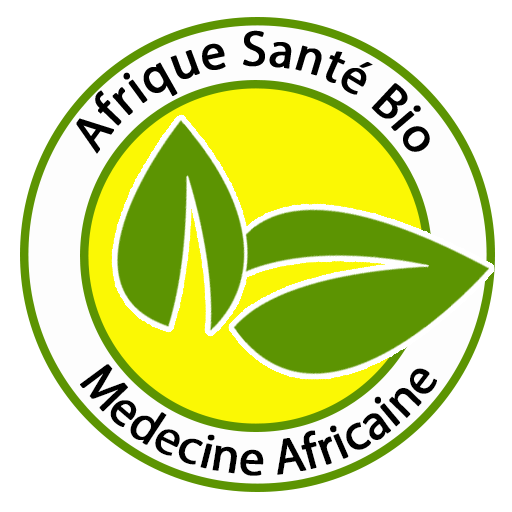Say goodbye to breast cancer with our natural treatments
- On 11/09/2025
What is Breast Cancer: Definition, Causes and Natural Treatment
Breast cancer Breast cancer results from the disordered multiplication of cells in the mammary gland. These cancer cells have the ability to remain in the breast, but they can also travel outside the breast, a process called metastasis.
What are the causes and risk factors of breast cancer?
Breast cancer is a multifactorial disease:
-The primary risk factor remains age. Two-thirds of breast cancers occur after the age of 50.
-genetics;
-environmental factors can increase the risk of developing breast cancer;
There are several genes that predispose to breast cancer, including BRCA1 and BRCA2. It is estimated that approximately 60,000 women carry one of these two genetic mutations.
Other factors that may contribute to an increased risk of developing breast cancer include:
A sedentary lifestyle;
Alcohol consumption;
Or a personal history of breast disease;
Being overweight is also a risk factor for breast cancer;
Absence of pregnancy, early menstruation or late menopause are risk factors. Breast cancer can indeed be a hormone-dependent cancer, meaning that tumor cells use hormones to
What are the different types of breast cancer?
There are different types of breast cancer, depending on the location of the tumors and the type of tumor:
in situ carcinomas: cancer cells are located in the lobules and ducts, but do not grow outside the breast.
invasive carcinomas that can spread outside the breast.
Most of these tumors develop from epithelial cells and have receptors for estrogen and/or progesterone; they are called luminal A or B cancers.
What is a HER2-positive cancer?
Occasionally, they may express the HER2 receptor, which promotes their greater growth; these are then referred to as HER2-positive cancers; if the tumors mimic basal cells, they can be described as basal-like.
Triple-negative breast cancer Finally,
there are breast cancers called triple-negative cancers, which are characterized by cells that lack receptors for estrogen, progesterone, or the HER2 protein.
What are the stages of breast cancer?
Breast cancer classification is determined by the size of the tumor, the possible involvement of lymph nodes, and/or other organs (such as the lungs, liver, bones).
How to screen for breast cancer?
For breast cancer detection, it is recommended to see a gynecologist every one to two years for a checkup to detect any potential abnormalities. Starting at age 50, a follow-up mammogram every two years is recommended to detect breast cancer early and ensure prompt treatment.
Suspected symptoms of breast cancer:
a lump,
a deformity,
a discharge,
or an inflamed area, don't hesitate to consult your doctor or gynecologist.
Ultrasound, mammography, or MRI in the diagnosis of breast cancer
The most commonly used imaging tests when a doctor suspects breast cancer include ultrasound, mammography, and MRI (magnetic resonance imaging). If an image is deemed suspicious, a biopsy and fine needle aspiration biopsy may be performed. The diagnosis can be refined using various laboratory tests, including those to detect estrogen and progesterone hormone receptors, the HER2 receptor, or the Ki67 protein. A staging assessment may be performed to verify that the tumor has not spread
What medical and natural treatment is available to treat breast cancer?
Breast cancer treatment depends on several factors: the type of cancer, its stage (localized, advanced, metastatic), the presence of hormone receptors (estrogen, progesterone), HER2 status, age and the general health of the patient.
Here are the main therapeutic options:
Surgery Lumpectomy (conservative surgery):
Only the tumor and a margin of healthy tissue are removed. Mastectomy: Total removal of the breast (sometimes with breast reconstruction). Axillary dissection or sentinel lymph node biopsy: To check for lymph node involvement.
Radiotherapy:
Used after conservative surgery (and sometimes after mastectomy) to destroy remaining cancer cells and reduce the risk of recurrence.
Chemotherapy:
Anticancer drugs administered intravenously or orally. Used before surgery (neoadjuvant) to shrink the tumor, or after surgery (adjuvant) to reduce the risk of recurrence.
Hormone therapy:
For so-called hormone-dependent cancers (estrogen and/or progesterone receptor positive). Drugs used: tamoxifen, aromatase inhibitors (anastrozole, letrozole, exemestane).
Targeted therapies:
For HER2-positive cancers: drugs such as trastuzumab (Herceptin), pertuzumab, lapatinib, etc. These treatments specifically target cancer cells that overexpress the HER2 protein.
Immunotherapy:
Used primarily in certain advanced triple-negative breast cancers. Example: pembrolizumab.
Supportive care and complementary treatments
Pain management, appropriate nutrition, psychological support. Certain natural approaches (balanced diet, physical activity, stress management) can complement but do not replace medical treatments.
We also have natural herbal treatments to treat breast cancer.
To cure breast cancer naturally. We offer you our herbal tea 667, a hope of healing for all patients suffering from breast cancer. It is very effective.
Fact Sheet on Natural Breast Cancer Remedy Introduction to Natural Breast Cancer Treatment
– Powder in sachets or 50g jars
Composition of the Remedy to Naturally Treat Breast Cancer
– Plant extracts Active ingredients
— Anti-carcinogenic and reducing absorbent elements
Price: €100
Therapeutic Effects of the Natural Remedy for Breast Cancer Herbal Tea No. 667:
Natural Remedy for Breast Cancer kills cancer cells while sparing healthy cells. It is an absorbent and adsorbent herbal tea. It neutralizes malignant cells and preserves healthy cells. In short, it kills cancer cells without harming healthy cells. The herbal tea acts quickly on cancer cells, affecting them in such a way that they disintegrate within 72 hours. This allows the regeneration of new, healthy cells in the body.
